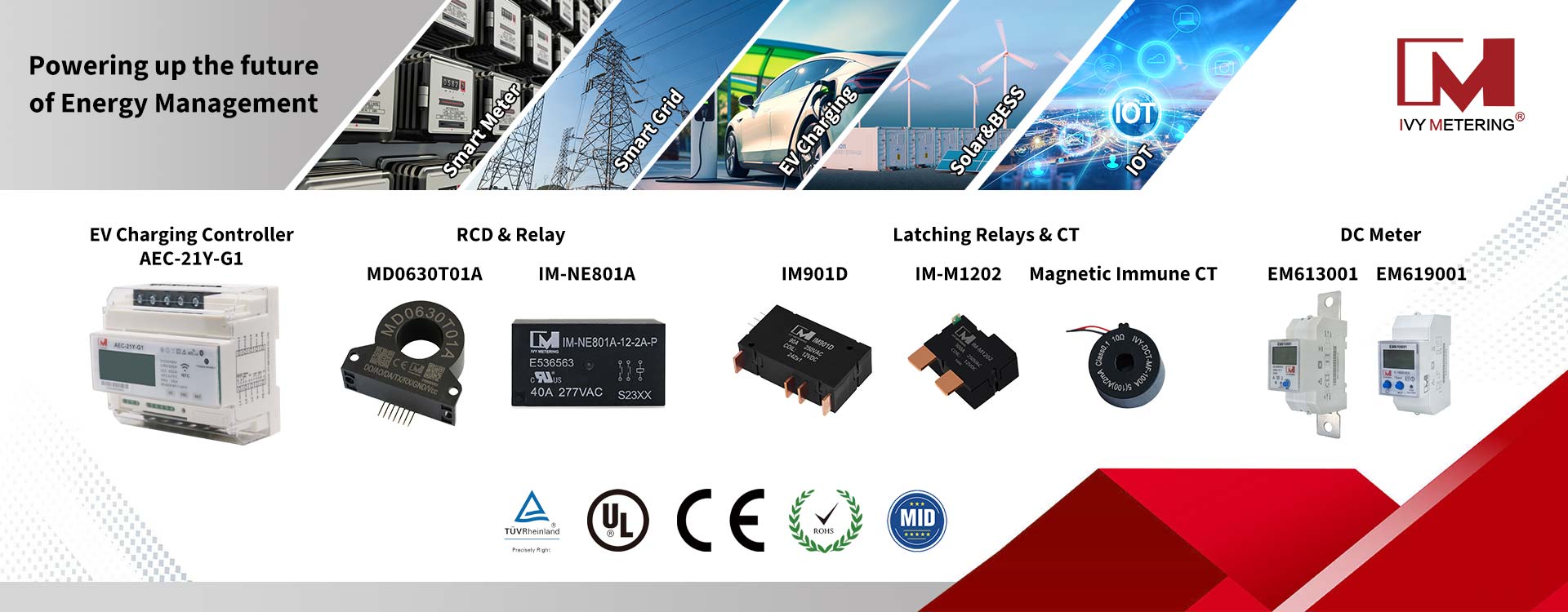Application of DC Solar Meter in Photovoltaic Field
With the international upsurge of decarbonization, in addition to many countries in Europe, America and East Asia committed to renewable energy generation and leading the world, several countries in Africa, Central Asia and the Middle East are also increasingly demanding.
The Middle East and North Africa (MENA) region is located at the geographic intersection of Asia, Europe, and Africa. Egypt, Saudi Arabia, and the United Arab Emirates are important hub partner countries for the Belt and Road Initiative in the Arab world. At present, most Arab countries mainly rely on natural gas and oil power on the power supply side, and the electrification rate on the consumption side is low. The energy sector in the region accounts for more than 70% of carbon emissions, and energy transition has become the core content and means of sustainable economic, social and environmental development in the Middle East and North Africa. In recent years, Saudi Arabia, the United Arab Emirates and other countries have relatively perfect power grid infrastructure, which has effectively reduced the development cost of large-scale renewable energy projects, thereby improving the bankability and feasibility of projects. Most of the other Arab countries have slow progress in large-scale renewable energy development, and the existing solar and wind energy development efforts in the region are far from meeting climate goals. Insufficient interconnection of power grid infrastructure and limited capacity for consumption and regulation of renewable energy have become bottlenecks restricting energy transformation in the Middle East and North Africa.
One of them is the Republic of Lebanon, a country on the eastern Mediterranean coast that is also interested in solar + energy storage. At present, Lebanon, Morocco and other countries are vigorously developing photovoltaic power generation + energy storage projects to realize the diversification of power supply methods.
Alternating current is more convenient and economical than direct current in high voltage transmission. However, in some application scenarios, the application of direct current to directly supply power to the DC load can make the circuit design simpler and more efficient. At present, DC power distribution in photovoltaic + energy storage systems can directly supply DC power through photovoltaics or batteries. It is also widely used in new energy power systems, such as solar street lights, DC air conditioners, and 5G communication base stations.
IVY EM series rail-type DC energy meters are mainly designed for applications such as telecom base stations, DC charging piles, and solar photovoltaics. In the actual use site, this series of meters can not only measure the total electric energy, but also measure the electric energy within a specified time period.
The instrument can have infrared communication interface and RS-485 communication interface, and supports Modbus RTU protocol and DLT645-97 (07) protocol at the same time. The instrument has relay alarm output and digital input function; you can set the ratio, alarm and communication through the instrument panel keys according to different requirements. The instrument can have switch event recording (Modbus protocol), programming and event setting recording (645 protocol), data instantaneous and timing freeze functions (645 protocol), and maximum and minimum voltage and current power recording functions.
At present, the household photovoltaic market in developed overseas regions is relatively mature, and on this basis, household energy storage is also entering the fast lane of development. At present, the household energy storage market is mainly concentrated in developed regions with relatively good household photovoltaic development, such as Europe, Australia, Singapore and so on. Therefore, in overseas photovoltaic energy storage systems, the demand for DC metering is still growing explosively.












